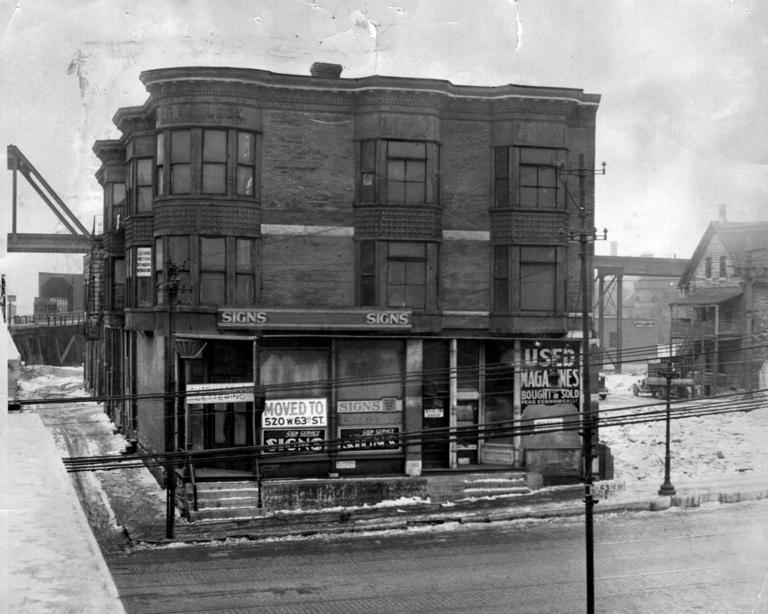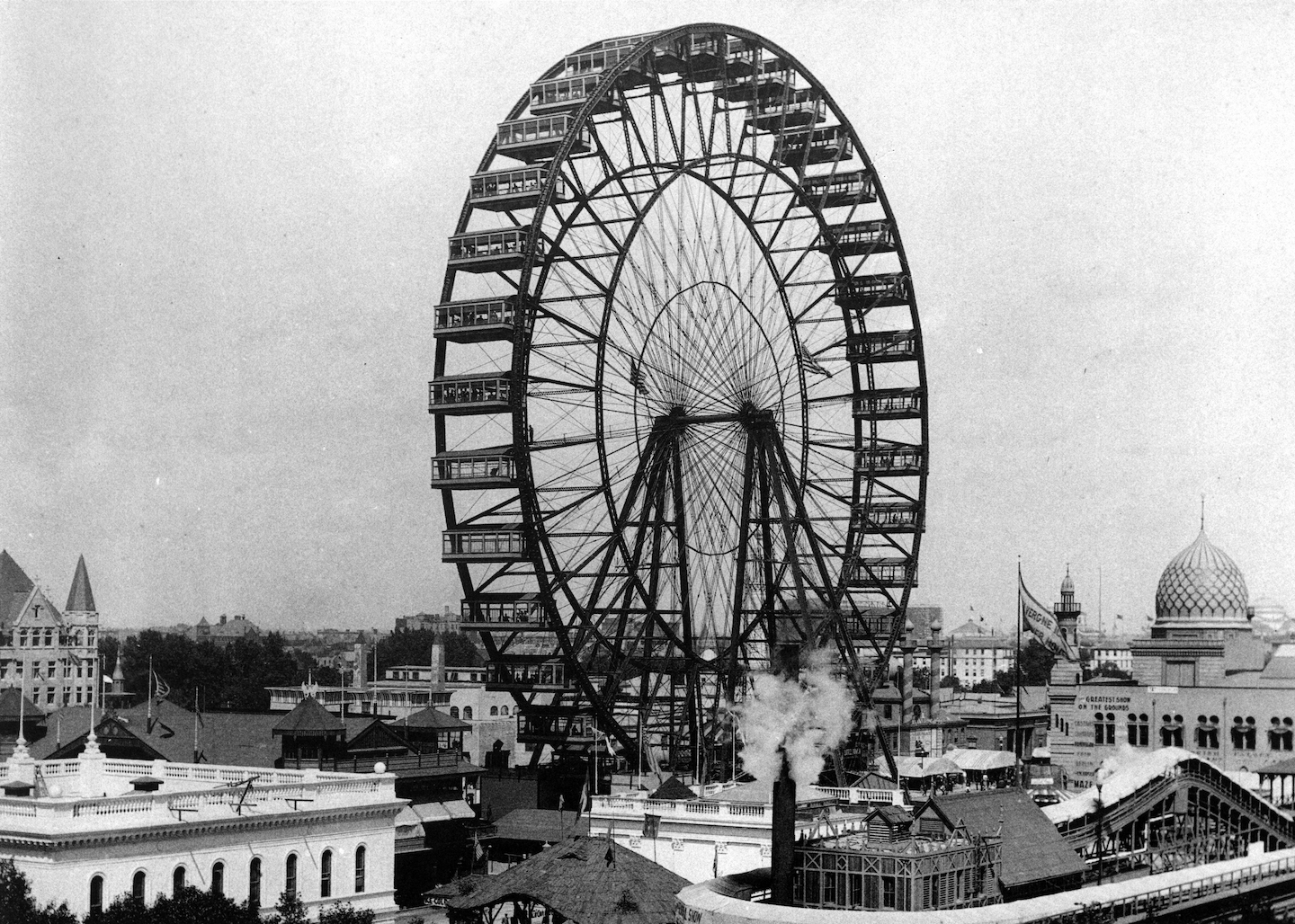DARK PLACES: Part II.
The Castle: The
World’s Fair Hotel.





‘Dark Places: Part II. The Castle: The World’s Fair Hotel.’ Installation. Wood, Blue Back print. 600 x 350 cm. CAPC, Bordeaux, France.
The second chapter of my on-going project Dark Places has taken place at the CAPC museum (Bordeaux, France). This new episode has been conceived and imagined for the group show Barbe à Papa (11.03.2022-05.14.2023) curated by Cédric Fauq.
Dark Places
Dark Places focuses on depicting the functional and architectural metamorphosis of “charged places” and symbolic sites in the United States —places that hold personal significance for me. The project takes the form of a series of episodes, with each installment centering on a specific city, state, or region of America, as well as the stories and places crucial to my artistic research. For every chapter of Dark Places, I create a unique installation inspired by the selected story and location. The scale and scope of each installation depend on the exhibition space, allowing me to establish a dialogue between the space and the artwork.
In addition to the physical installations, Dark Places also includes a publication or documentation for each episode, resembling a detective’s diary. This diary reports various analyses and observations of the transformed elements and the creative process behind the resulting installation.
By focusing specifically on symbols, figures and places drawn from stories, events, and fictions that deeply impacted my childhood and adolescence, I seek to analyze and compare American material culture. I draw parallels between the changes they undergo over time with the evolution of the intimate relationship I have with them, and the symbolism they constitute for me and in the collective imaginary. Whether these symbols are at the service of fictions or are drawn from real events, how do their transformations and sometimes disappearance, impact the relationship that we have with the myths and stories to which these symbols are attached? What space do these symbols occupy, through their mutations, in our imagination?
Barbe à Papa
“Barbe à Papa is an exhibition that could be defined as a travelling fairground’s shadow, slowed down and in the process of dismantling. The exhibition gathers works by more than 50 artists - sculptures, installations, videos, paintings, performances - sharing material, formal or cultural ties with fairgrounds’ components. Artworks are thus made from air, electricity, steel and plastic, but also sugar and oil.
(...) Barbe à Papa is equally the attempt - historically grounded - to bring the fairground and the exhibition together, to better understand their shared mechanisms, but also ask the question: what can the museum learn from the funfair today ? As well as: is an artwork, always, an attraction ?”
Text by Cédric Fauq.



Photos: Arthur Péquin
“Dark Places: Part II.
The Castle: The World’s Fair Hotel.”
“Scoring by her converging interests for American architecture, dark tourism, and movie sets, Cécile di Giovanni turned to the World’s Fair of 1893 in Chicago. Among a swarm of human zoos, technical displays and thrill rides, a certain hotel piqued the artist’s attention. This hotel had been designed by a man who would later be regarded - and condemned - as the first serial killer in the history of the US: H.H. Holmes. The occasion of the World’s Fair provided him with an opportunity to open his own hotel - a house of unmitigated horrors - on Midway Plaisance. A bit farther along the way stood a Ferris wheel, the first of its kind.
Where the hotel once stood now sits a post office. Cécile di Giovanni has designed a life-size billboard spread with a poster that could advertise for a ride, but directly refers to H.H. Holmes hotel of horrors - making use, however, of a 3D image of the present building instead of one of the hotel itself.”
Text by Cédric fauq.






The hotel’s floor plan
At the outset, my intervention was intended to take shape as a path on the Capc museum’s floor. The concept revolved around envisioning a drawing that would utilize the Holmes Hotel’s architectural plan, complete with its authentic measurements or, at the very least, a compilation of all measurements available online. It’s worth noting that Holmes’ hotel possessed a unique characteristic: the original map of the hotel was a closely guarded secret, with only Holmes himself having access to it. He deliberately engaged various architects to ensure that no one could discern his true intentions.
However, the floor drawing turned out to be too intrusive, conflicting with the artworks of other artists on display. As a result, both Cédric Fauq and I decided to explore an alternative installation idea, which eventually culminated in the billboard showcased during the exhibition. I mention this initial concept because the logo featured on the billboard’s print directly stems from the groundwork I had undertaken in creating the floor path.






Billboard’s work-in-progress







Billboard’s print work-in-progress



Merchandising
Prototype of the keychains made exclusively for the exhibition. They’re on sale at the museum’s store.



Inspirations










Credits
Graphics: Lucas Masini
3D: Sophie Mil
Special thanks: Cédric Fauq, Sandra Patron, CAPC museum team, Muriel and Marie from the museum store.
